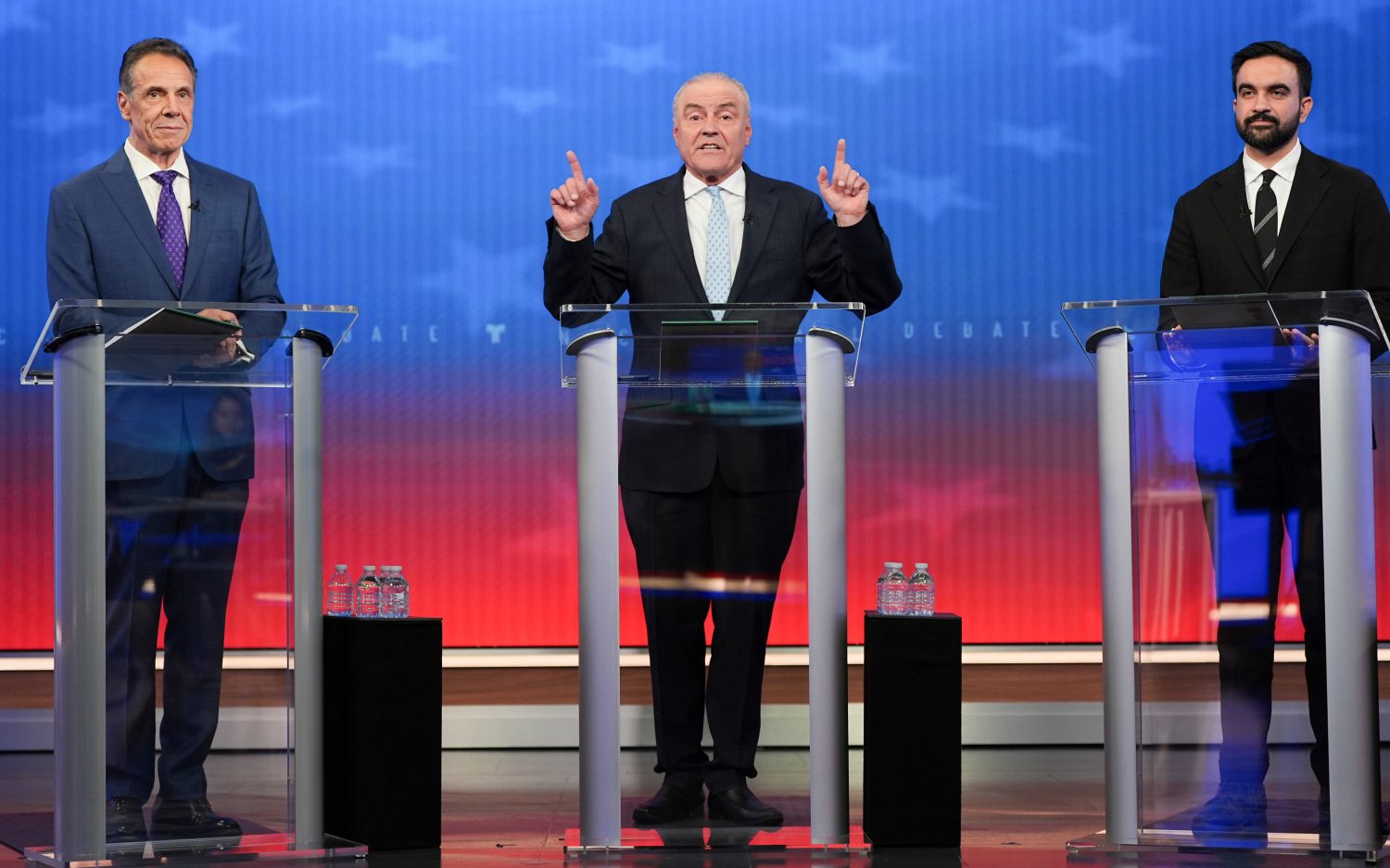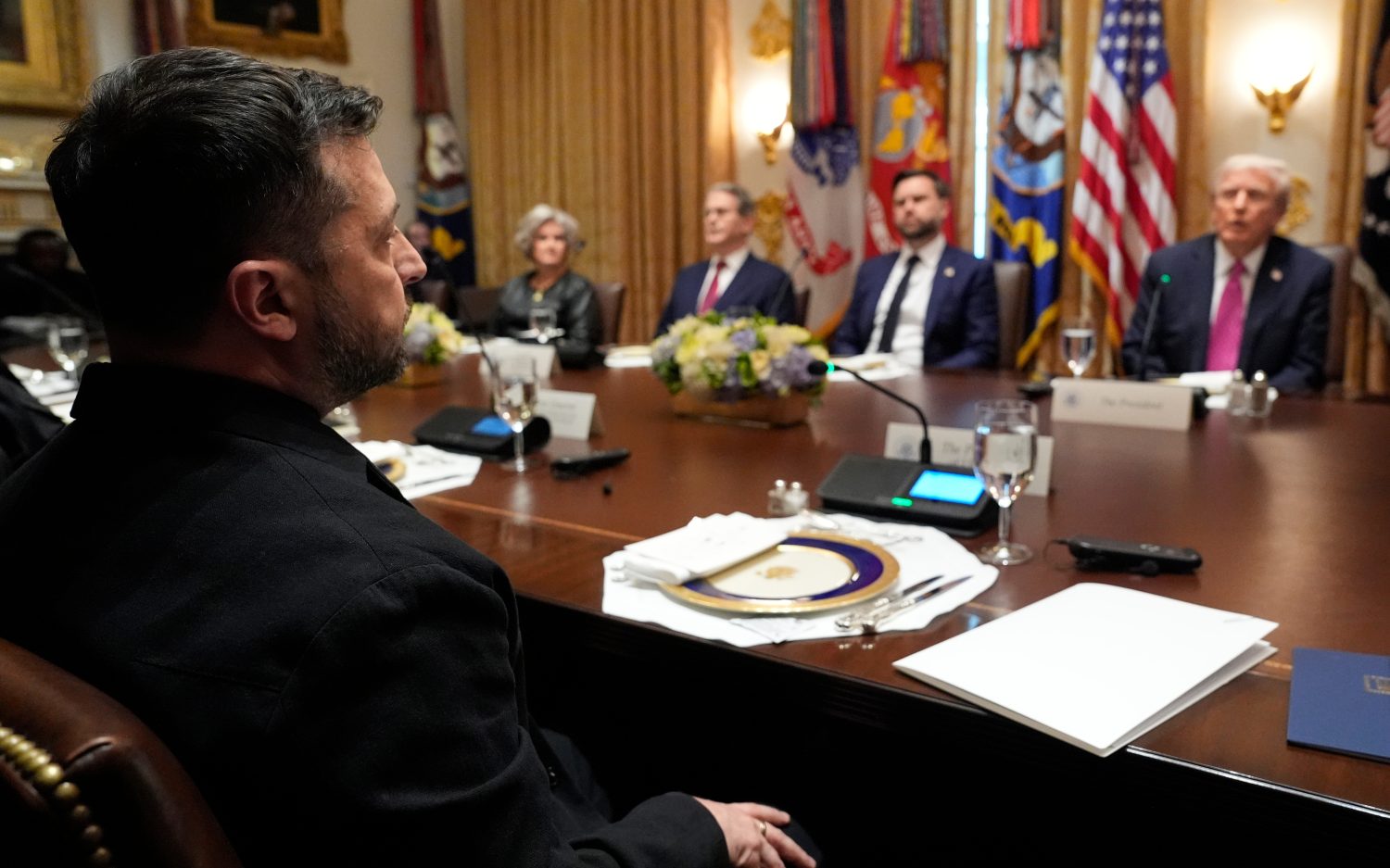Could immigrants be key to Detroit's rejuvenation?
On Thursday, Michigan Gov. Rick Snyder asked the federal government to set aside 50,000 work visas for skilled immigrants willing to come to Detroit and stay for five years.
The Republican governor has routinely touted immigration as a powerful potential force for growing Detroit’s economy, saying immigrant entrepreneurs start many small businesses and file patents at twice the rate of U.S. citizens.
But critics have been quick to say his plan seems to dismiss immigrants who have not achieved high levels of education and makes newcomers more marketable than the city’s current residents. His plan also faces administrative hurdles: The United States limits the number of EB-2 green cards it gives out each year and typically doesn’t allocate them to specific regions.
Snyder, a first-term governor who made millions as a computer industry executive and venture capitalist, contends that being more welcoming to immigrants would also make the city more attractive to employers.
His rhetoric echoes recent studies like one written by economist Jack Strauss, who analyzed the relationship between St. Louis’ economy and its immigrant population. Strauss concluded among other things that, “If St. Louis had experienced inflows of immigrants similar to other large metros, income growth would have been 4-7 percent greater, and the region’s income would be 7-11 percent larger.”
According to Strauss’ study, immigrants are 60 percent more likely to be entrepreneurs, and poor immigrants are less likely to need public assistance. Encouraging immigration can lower both the white and African-American unemployment rate by approximately 2 percent, the study concluded.
Snyder plans to discuss the proposal with Michigan’s congressional delegation and, during a trip to Washington, will meet with Obama administration officials to discuss the economic benefits of an immigration overhaul. It isn’t clear whether the White House could act administratively or whether a change to the visa program would require legislative action.
Detroit, the largest city in American history to file for bankruptcy, has been hollowed out by a long population decline, from 1.8 million residents in its heyday in the 1950s to about 713,000 in 2010. During that time, Detroit steadily lost many of its manufacturing jobs, and huge numbers of workers fled to the suburbs.
The U.S. government currently offers a waiver to allow foreign workers with a master’s degree or higher to immigrate if it serves the national interest. Snyder hopes to broaden the definition of “national interest” to apply to Detroit, likening the concept to an existing policy that allows foreign-born physicians to get green cards after working in underserved areas for five years. Snyder wants the government to allocate 5,000 visas for Detroit in the first year, 10,000 each of the next three years, and 15,000 in the fifth year.
“It’s really taking up the offer of the federal government to say they want to help more,” Snyder said. “Isn’t this a great way, that doesn’t involve large-scale financial contributions from the federal government, to do something dramatic in Detroit?”
The Associated Press contributed to this report.
An actual newsletter worth subscribing to instead of just a collection of links. —Adam
Sign up to receive The Sift email newsletter each weekday morning for the latest headlines from WORLD’s breaking news team.




Please wait while we load the latest comments...
Comments
Please register, subscribe, or log in to comment on this article.